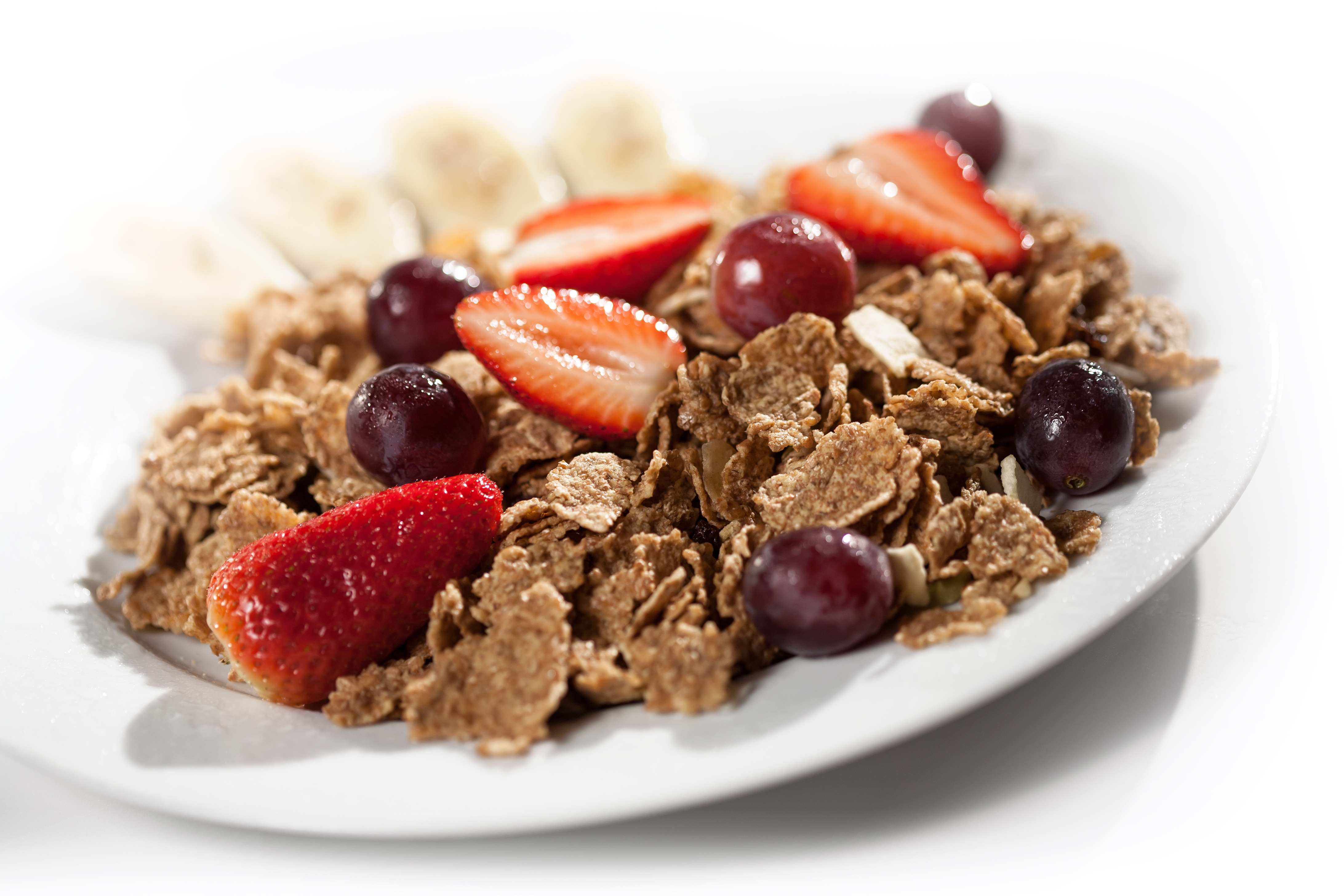
Guest Post by Katherine Beverage, SPT
Everybody has likely heard about the importance of fiber for good digestive health. Fiber has been known to help alleviate some of the symptoms of irritable bowel syndrome, constipation, Crohn’s disease, and ulcerative colitis. These diseases, particularly constipation, can be sources of pelvic pain and pelvic floor dysfunction. When stools are irregular and difficult to pass, the pelvic floor muscles can get stretched out and tense, causing pain. Getting on a good fiber and bathroom program can help prevent some of the issues associated with chronic constipation and these other issues. However, do you actually know how much fiber is enough? Should you focus on soluble or insoluble fiber? There are many questions that come up when discussing fiber.
The average American takes in roughly 15 grams of fiber a day. According to the Mayo clinic, adults should be taking in anywhere 25-35 grams of fiber a day to promote good bathroom habits. That’s almost twice the amount that we are averaging! For most people, sources of fiber can be hard to identify. There are two main types of fiber: soluble and insoluble. Soluble fiber dissolves in water and can be found in foods such as oats, psyllium, apples, carrots, and barely. Insoluble fiber binds to water which helps bind the stool together and move it through the large intestine. It is found in bran, whole-wheat, beans, and cauliflower.
So what are some ways that you can up your fiber intake? A leading expert in the area of fiber and constipation is Dr. Wes Jones who works at the Cape Fear Center for Digestive Disease in North Carolina. He has written a book called “Cure Constipation Now” which outlines a general fiber program to help people begin their fiber routines. A good place to start is by adding a supplement to your daily routine. The easiest supplement to start with is synthetic fiber such as Citrucel® or Benefiber®. Although these supplements usually have a “honeymoon” effect, they are usually the easiest to tolerate if you are starting out.
One of the ways you can tell if your fiber is working is if you are developing good bathroom habits. Adults should produce 3-5 non-smelly stools a day. Another way to tell is if your gas production is down. Gas is a waste product and if it trapped inside of you then likely you are constipated in some way because you can’t get it out. According to Dr. Jones, once you have developed good bathroom habits, you can usually start switching to more classic fiber sources, such as bran, apples, etc. A bowl of bran flakes in the morning or using high fiber bread is a nice addition to your daily routine or you can add a non-synthetic supplement like Metamucil® in a similar fashion as step one. And once you get on a good fiber routine, the benefits are well worth it. Fiber has been shown in various research studies to promote good bowel movements and health, lower cholesterol, control blood sugars levels, and attain a healthy weight.
The material on this site is for informational purposes only and is not intended to diagnose of suggest treatment for individuals. Consult your health care provider regarding your specific needs.